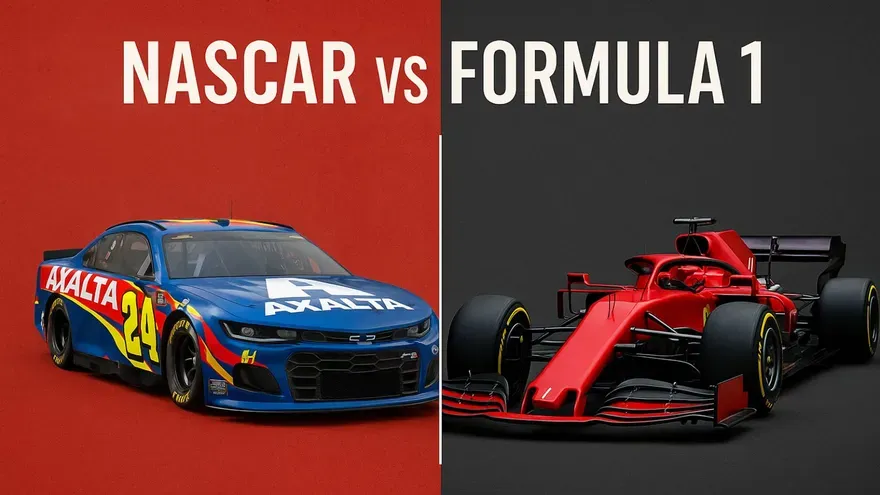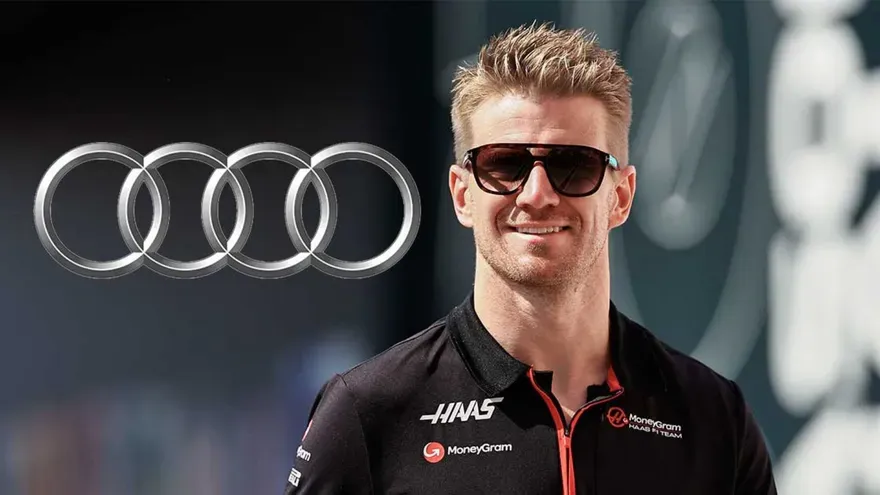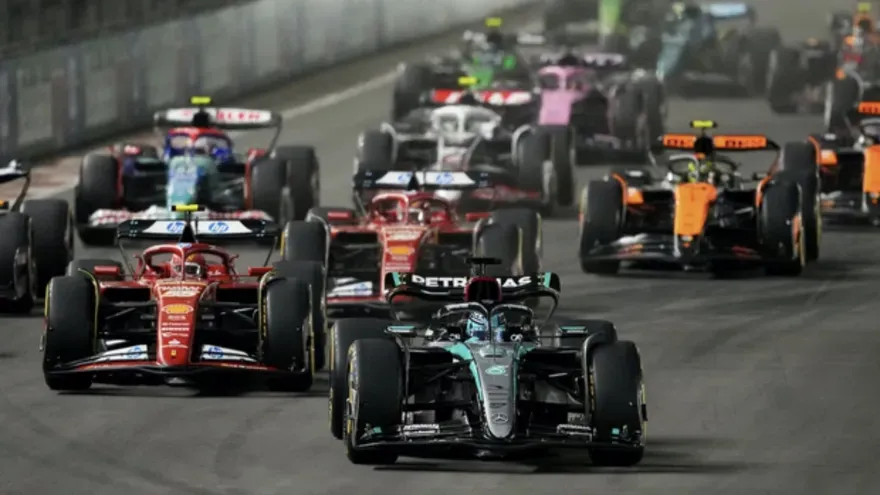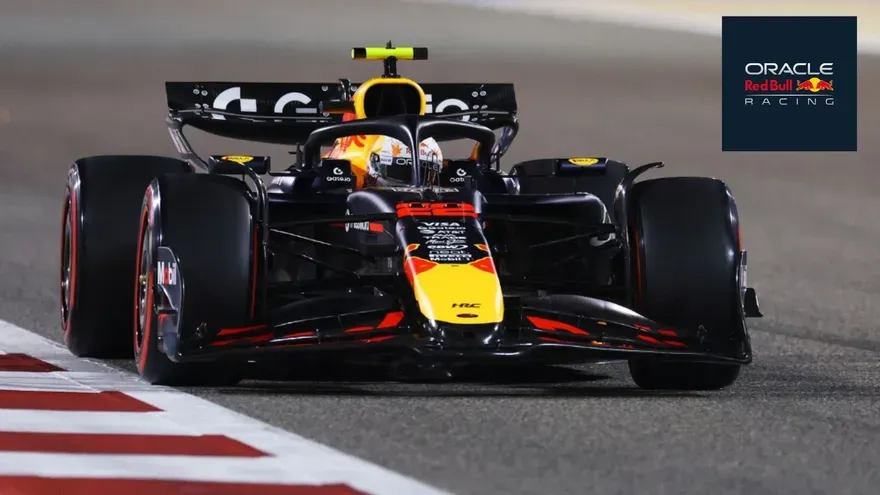DRS or Drag Reduction System has become influential in Formula 1 racing. Those who have been watching the F1 Grand Prix for a while often hear the word ‘DRS Enabled’, but what does it mean? Well, it is nothing new, perhaps it had been added into the F1 world book just over a decade ago. Debuted in the 2011 F1 Season and still being used to date have become a major factor for a possible overtake.
The DRS or the Drag Reduction System is a driver-controlled device that acts as a mechanism in Formula 1 racing to create a chance of possible overtaking. This feature enables the driver to compete better and improves wheel-to-wheel racing. During racing, the F1 cars produce much more downforce making it difficult to overtake other rivals and fans see no interest in racing then. To make it more competent then FIA officials introduce the concept of DRS to intervene in the car at the front and make possible overtake before entering the next apex or corner.
The DRS terminology now plays an immense role in racing and can be used freely in any race weekend. Before the actual Grand Prix begins, the race officials confirm the DRS Zones for the particular track hosting the race and then make a portfolio under sections of the track to activate the DRS. Let us read further about how DRS works and what purpose it serves in racing and overtaking.
Introduction Of DRS In Formula 1 Cars

The DRS or the Drag Reduction System was brought into the world of Formula 1 racing in the year 2011. This process was made mandatory so that drivers would aid an overtake during the race against their rivals. It can only be achieved after exiting the corner and before entering the next. Alas, at the straight iteration of the track, it can be used to draw the major effect of overtaking. See as you all know modern Formula 1 cars generate a lot of downforce which is beneficial for cornering but cautious as it creates dirty air behind.

Consider it with the aerodynamics of F1 cars. This dirty air may somehow disrupt the dynamic driving and make it difficult for drivers to overtake. So if no overtake then what's interest in racing? Even you as fans will feel bored when racing has no adrenaline. For this solution, the DRS comes into play. It offers better circumstances to overcome the dirty induced air and creates overtaking opportunities. When the driver activates DRS, the car gains momentum in speed while driving on the straights thus creating a possible outcome of overtaking at high speed.
How DRS Works in F1?

Using DRS is simple as it involves a miniature process that is quite easy and comfortable while the driver is riding at high revs. It is positioned on the rear wing of the F1 car. To activate it, the driver pushes the DRS button that is embedded in the F1 car steering wheel. After pressing the button, the rear wing opens up with the help of an actuator that allows the control of a flap in the middle of it.
The use of the DRS button can only be pressed when the driver enters a desired part of the DRZ-enabled zones. In F1 terminology these are known as DRS Activation Zones. When the flap is open at the rear wing of the car, it automatically reduces the downforce drag and increases the speed of the car in a straight line. I hope you got a better understanding of the DRS system but one thing is yet to be insured.
DRS Zones
Different tracks have different DRS Activation Zones and in practice and qualifying sessions, the DRS can be used under these areas but during the final race session, things become more challenging. In the race, the driver can only use DRS in designated zones only when the driver is within one second time-lapse of the car driving ahead in the front. This time-lapse is noticed at different DRZ Activation zones before entering the DRS enable position. To deactivate the DRS, the driver lifts the throttle or even presses the brakes or DRZ button again after overtaking.

Well, such a small thing can make a big impact in racing, This DRS system is bit a controversial but creates exciting opportunities for overtaking. Introduced as a necessity now has a crucial role in modern Formula 1 racing. If you like the idea of DRZ and its circumstances please tell us in the comment below.
Also, follow us for more information and news ahead of Formula 1 racing.















